Artificial Intelligence (AI) is a rapidly evolving field that encompasses various technologies and applications. In this comprehensive overview, we will delve into the fundamentals of AI, its workings, distinctions between AI, machine learning, and deep learning, its significance, advantages and disadvantages, and its various applications across industries. We will also discuss the concepts of strong AI vs. weak AI, types of AI, ethical considerations, governance, and the rich history of AI development. Finally, we will explore the latest advancements in AI tools and services.
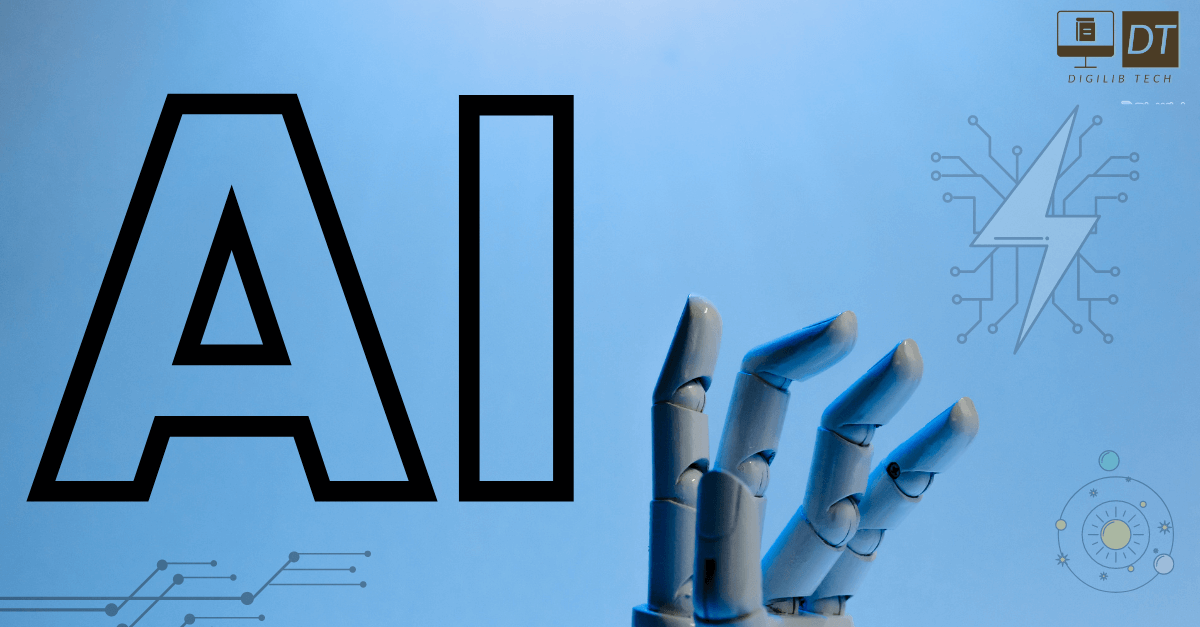
What is artificial intelligence (AI)?
What is artificial intelligence (AI)? Artificial intelligence (AI) refers to the emulation of human intelligence processes using computer systems and machines. AI encompasses a broad spectrum of applications, which include expert systems, natural language processing, speech recognition, and machine vision. It essentially involves creating computer programs and systems that can perform tasks and make decisions that typically require human intelligence. AI has evolved significantly and has found diverse applications across various industries, revolutionizing how we interact with technology and data.
How Artificial Intelligence Functions?
Artificial Intelligence (AI) continues to grow, various companies are eager to showcase how their products and services incorporate AI. However, it’s crucial to discern that what these companies often label as AI is, in fact, a component of the broader technology, such as machine learning. For AI to operate effectively, it relies on a foundation of specialized hardware and software, primarily for the development and training of machine learning algorithms. While AI doesn’t have a single associated programming language, popular choices among AI developers include Python, R, Java, C++, and Julia, owing to their advantageous features.
AI systems operate through a multi-step process:
1. Data Ingestion and Analysis: AI systems begin by consuming vast quantities of labeled training data. They meticulously analyze this data to identify correlations and patterns.
2. Pattern Utilization: The identified patterns are then utilized to make predictions about future events or states. For instance, a chatbot exposed to numerous text examples can learn to engage in lifelike conversations with people, while an image recognition tool can proficiently identify and describe objects in images after reviewing millions of examples.
Furthermore, recent advancements in generative AI techniques enable the creation of incredibly realistic text, images, music, and other forms of media.
AI programming focuses on developing cognitive abilities, encompassing the following aspects:
1. Learning: This facet of AI programming centers on the acquisition of data and the formulation of algorithms to process it into actionable information. Algorithms, in this context, are sets of step-by-step instructions that guide computing devices in executing specific tasks.
2. Reasoning: AI programming also involves selecting the most appropriate algorithm to achieve a desired outcome.
3. Self-Correction: AI systems are designed to continually refine their algorithms, ensuring that they consistently deliver the most accurate results possible.
4. Creativity: The creative aspect of AI leverages various techniques, such as neural networks, rules-based systems, statistical methods, and more, to generate novel content, including images, text, music, and ideas……..
Differences Between AI, Machine Learning, and Deep Learning
What is Differences Between AI, Machine Learning, and Deep Learning?
AI, machine learning, and deep learning are often used interchangeably in the world of enterprise IT, but they have distinct differences. These terms are part of the broader field of artificial intelligence, which aims to replicate human-like intelligence in machines. Let’s clarify these concepts:
Artificial Intelligence (AI):
AI, a term coined in the 1950s, encompasses a wide range of technologies and capabilities. At its core, AI focuses on creating machines that can perform tasks that typically require human intelligence, such as problem-solving, decision-making, and language understanding. AI is a dynamic field, continually evolving as new technologies and approaches emerge.
Machine Learning (ML):
Machine learning is a subset of AI that empowers software applications to improve their performance in specific tasks by learning from data without explicit programming. ML algorithms analyze historical data and use it to make predictions or decisions. ML became more powerful with the advent of large datasets, enabling systems to make accurate predictions in various domains, from image recognition to recommendation systems.
Deep Learning (DL):
Deep learning is a specialized branch of machine learning inspired by the structure of the human brain. It relies on artificial neural networks, which consist of interconnected layers of nodes, to process and learn from data. Deep learning has been a catalyst for significant advancements in AI, powering applications such as self-driving cars and sophisticated natural language processing systems like ChatGPT.
Significance of Artificial Intelligence
Why is Artificial Intelligence Important? AI has the potential to transform various aspects of our lives, from automating tasks in business to enhancing customer service, fraud detection, and quality control. It excels in detail-oriented jobs, reduces time for data-heavy tasks, saves labor, delivers consistent results, and personalizes experiences. AI-powered virtual agents provide 24/7 availability.
Advantages of Artificial Intelligence
What are the Advantages of Artificial Intelligence ?
Advantages of AI
Enhanced Detail-Oriented Abilities:
AI has demonstrated its proficiency in tasks that require a high level of precision. For example, it has proven to be on par with, or even superior to, medical professionals in diagnosing certain types of cancers, such as breast cancer and melanoma.
Efficiency in Data-Intensive Tasks:
Industries dealing with extensive data, such as finance, pharmaceuticals, and insurance, have embraced AI to expedite data analysis. AI is used extensively in processing loan applications and detecting fraudulent activities, reducing processing times significantly.
Labor Savings and Increased Productivity:
AI, in conjunction with technologies like machine learning, has transformed industries like logistics and warehousing. The integration of AI and automation in warehouses not only increased efficiency but also became more vital during the pandemic, driving further adoption.
Consistency in Results:
AI-driven translation tools offer consistency, enabling even small businesses to reach a global audience effectively by delivering content in multiple languages consistently.
Enhanced Customer Satisfaction:
AI can personalize content, messaging, advertisements, recommendations, and websites to cater to individual customer preferences, resulting in improved customer satisfaction and engagement.
24/7 Availability:
AI-powered virtual agents are always accessible, eliminating the need for sleep or breaks. This feature ensures continuous service availability, enhancing customer support and efficiency.
Artificial Intelligence (AI) has rapidly evolved, driven by technologies such as artificial neural networks and deep learning. This evolution has been fueled by AI’s ability to process vast amounts of data quickly and make remarkably accurate predictions, often surpassing human capabilities. However, like any technology.
Disadvantages of Artificial Intelligence
What are the Disadvantages of Artificial Intelligence ?
Disadvantages of AI
High Costs:
Developing and maintaining AI systems can be expensive, requiring substantial investments in infrastructure, software development, and skilled personnel.
Specialized Technical Expertise:
Implementing AI solutions demands a deep understanding of complex algorithms, machine learning, and data science, which may not be readily available in all organizations.
Limited Workforce:
There is a scarcity of qualified professionals capable of developing and managing AI tools, creating a talent gap that organizations must navigate.
Bias in Training Data:
AI systems can inherit biases present in their training data, leading to potentially discriminatory outcomes, whether intentional or unintentional.
Lack of Generalization:
AI tends to excel in specific tasks it is trained for but may struggle to generalize knowledge from one task to another, limiting its versatility.
Job Displacement:
The automation capabilities of AI have the potential to replace certain human jobs, raising concerns about unemployment rates and the need for workforce reskilling.
Artificial Intelligence (AI) has rapidly evolved, driven by technologies such as artificial neural networks and deep learning. This evolution has been fueled by AI’s ability to process vast amounts of data quickly and make remarkably accurate predictions, often surpassing human capabilities. However, like any technology,
Differences Between Strong AI vs Weak AI
What is Differences Between Strong AI vs Weak AI
Weak AI
Weak AI,is designed and trained for specific, predefined tasks. Examples of weak AI applications include industrial robots that perform repetitive manufacturing tasks and virtual personal assistants like Apple’s Siri, which can answer questions, set reminders, and perform voice-activated commands. These AI systems excel within their designated domains but lack the ability to generalize their knowledge or skills beyond their predefined functions.
Strong AI
strong AI, also known as artificial general intelligence (AGI), represents a more ambitious goal in AI development. Strong AI aims to replicate the cognitive abilities of the human brain, allowing it to tackle a wide range of tasks and adapt to new challenges autonomously. In essence, a strong AI system possesses a form of cognitive flexibility that enables it to apply knowledge and reasoning from one domain to another, much like how humans can transfer their problem-solving skills across various contexts.
To illustrate the contrast between weak and strong AI, consider the ability of strong AI to address unfamiliar tasks using fuzzy logic. This cognitive flexibility allows a strong AI system to draw upon its existing knowledge base and apply it creatively to find solutions in novel situations. In theory, a strong AI program should be capable of passing both the Turing test, which evaluates its ability to mimic human conversation effectively, and the Chinese Room argument, a philosophical thought experiment that challenges the understanding of true AI consciousness.
Types of Artificial Intelligence
Arend Hintze, an assistant professor of integrative biology and computer science and engineering at Michigan State University, outlined four distinct categories to classify artificial intelligence (AI), each representing a progression from task-specific systems to the aspirational concept of sentient AI that we have yet to achieve. These four categories are as follows:
Type 1: Reactive Machines
Reactive machines are the first category of AI systems. They lack any form of memory and are solely designed for specific tasks. A prominent example is IBM’s Deep Blue, the chess-playing program that defeated Garry Kasparov in the 1990s. Deep Blue possesses the capability to identify chessboard pieces and make predictions, but its fundamental limitation is the absence of memory. It cannot utilize past experiences to enhance future decision-making.
Type 2: Limited Memory
The second category encompasses AI systems with limited memory. These systems can retain and utilize past experiences to inform their future decisions. Some of the decision-making functions in self-driving cars are engineered based on this concept. By leveraging their memory, these AI systems can adapt and improve their performance over time.
Type 3: Theory of Mind
Theory of mind, originally a psychological term, finds relevance in AI when referring to systems with social intelligence. In this category, AI possesses the capability to understand human emotions, infer intentions, and predict behavior. This level of understanding is crucial for AI systems to seamlessly integrate into human teams, as they can interpret and respond to human emotions and intentions effectively.
Type 4: Self-Awareness
The fourth and most aspirational category involves AI systems with self-awareness. These AI entities possess a sense of self, akin to consciousness. Machines in this category have the capacity to comprehend their own current state. It’s important to note that AI with self-awareness remains a theoretical concept and does not yet exist in practice.
Applications of Artificial Intelligence
What are the applications of artificial intelligence?
AI technology has made significant strides and is integrated into various applications across different domains. Here are seven examples of AI technology and how it is currently used:
Automation:
AI is driving automation across industries. Robotic Process Automation (RPA) is a prime example, automating repetitive, rule-based data processing tasks. When coupled with machine learning, RPA can adapt to process changes and intelligently handle more complex tasks.
Machine Learning:
Machine learning enables computers to make predictions and decisions without explicit programming. Deep learning, a subset of machine learning, automates predictive analytics.
There are three main types:
Supervised learning: Uses labeled datasets to identify patterns and make predictions.
Unsupervised learning: Sorts data without labels based on similarities or differences.
Reinforcement learning: Learns through trial and error, receiving feedback after taking actions.
Machine Vision:
Machine vision grants machines the ability to “see” and interpret visual information using cameras, digital signal processing, and more. Applications range from signature recognition to medical image analysis, and it can extend beyond human capabilities, such as seeing through walls.
Natural Language Processing (NLP):
NLP allows computers to understand and interact with human language. Spam detection, sentiment analysis, and speech recognition are some well-known applications. NLP relies heavily on machine learning and is used in tasks like translation and chatbots.
Robotics:
Robotics is the engineering field dedicated to designing and building robots. Robots are used in tasks that are challenging for humans or require consistency. Examples include robotic assembly lines in manufacturing and robots used in space exploration by organizations like NASA. Machine learning is used to create robots capable of social interaction.
Self-Driving Cars:
Autonomous vehicles leverage AI technologies like computer vision, image recognition, and deep learning. They can navigate roads, stay within lanes, and avoid obstacles, including pedestrians. Self-driving cars are a prime example of AI applied to the transportation industry.
Text, Image, and Audio Generation: Generative AI techniques are used to create content across various media types. These techniques can produce photorealistic art, generate email responses, or even create screenplays based on text prompts. This technology is being employed extensively across businesses to generate a wide range of content.
Differences Between Augmented Intelligence & Artificial Intelligence ?
What Is Differences Between Augmented Intelligence & Artificial Intelligence
Augmented Intelligence: Enhancing Human Potential
Augmented intelligence, with its more neutral connotation, aims to help the public better comprehend the true nature of AI implementations. The core idea behind augmented intelligence is that most AI systems are not autonomous superintelligences, as portrayed in movies like Hal 9000 or The Terminator, but rather tools meant to support and empower humans.
Examples of augmented intelligence include automatically extracting vital insights from business intelligence reports, flagging critical information within legal documents, or even assisting medical professionals in diagnosing illnesses more accurately. The widespread adoption of AI technologies like ChatGPT and Bard in various industries underscores the growing acceptance of AI as a means to enhance human decision-making and productivity.
Artificial Intelligence: A Futuristic Vision
In contrast, the term “artificial intelligence” has historically been associated with the concept of Artificial General Intelligence (AGI). AGI represents the idea of achieving a technological singularity a future in which an artificial superintelligence surpasses human cognitive abilities to an extent that our comprehension of it becomes limited. It’s important to note that, as of now, AGI remains firmly within the realm of science fiction.
Developers continue to explore the possibility of AGI, with some considering quantum computing as a potential avenue for realizing this ambitious vision. However, it is crucial to reserve the term “AI” for discussions related to AGI or general intelligence, given the fundamental distinction between the capabilities of today’s AI systems and the theoretical AGI of the future.
Ethical Considerations in the Use of Artificial Intelligence
Ethical Use of Artificial Intelligence
Artificial Intelligence (AI) tools offer businesses a wide array of capabilities, but their adoption also raises significant ethical concerns. One of the central issues stems from the inherent nature of AI systems, which tend to reinforce the knowledge they have acquired through training. This can be problematic because the performance of machine learning algorithms, which underlie many advanced AI applications, heavily relies on the quality of the training data they receive. Since humans curate this training data, the potential for introducing biases into AI systems exists and necessitates diligent monitoring.
For anyone incorporating machine learning into real-world, operational systems, ethical considerations should be an integral part of the AI training process. This is particularly crucial when working with AI algorithms that are inherently opaque, such as those found in deep learning and generative adversarial network (GAN) applications.
Explainability represents a potential challenge for industries operating under stringent regulatory compliance requirements. For instance, financial institutions in the United States are bound by regulations mandating the explanation of their credit-issuing decisions. However, when AI systems are responsible for making such decisions, elucidating the rationale becomes challenging. AI tools employed in this context function by identifying subtle correlations among thousands of variables, making the decision-making process opaque and hard to explain. This situation often leads to the categorization of such AI as “black box AI.”
AI Governance &Regulations: Navigating The Complex Landscape
AI Governance and Regulations
In the ever-evolving world of artificial intelligence (AI), the regulatory framework has struggled to keep pace with the rapid advancements in technology. While the potential risks associated with AI are widely acknowledged, there is a notable absence of comprehensive regulations governing its use. Existing laws often address AI indirectly, leaving a void in oversight.
One notable example is found in the United States, where Fair Lending regulations mandate that financial institutions must provide clear explanations for credit decisions. This requirement limits the utilization of deep learning algorithms, which inherently lack transparency and interpretability. As a result, lenders face constraints in employing such AI-driven tools.
The European Union has taken a more proactive stance with its General Data Protection Regulation (GDPR), which is currently under review to consider AI-specific regulations. GDPR’s stringent rules on consumer data usage already impose restrictions on the training and functionality of numerous AI applications that interact with consumers.
In the United States, policymakers have begun to address the need for AI legislation. The White House Office of Science and Technology Policy (OSTP) released a “Blueprint for an AI Bill of Rights” in October 2022, guiding businesses on the implementation of ethical AI systems. Additionally, the U.S. Chamber of Commerce advocated for AI regulations in a report issued in March 2023.
However, crafting effective AI laws is a complex undertaking. AI encompasses a wide range of technologies used for diverse purposes, making a one-size-fits-all approach challenging. Moreover, regulations must strike a delicate balance between safeguarding against risks and fostering AI progress and development. The dynamic nature of AI technology, with rapid advancements and the opacity of algorithms, further complicates the formulation of meaningful regulation.
Furthermore, the emergence of groundbreaking AI applications like ChatGPT and Dall-E can render existing laws outdated almost instantly. Additionally, laws alone cannot prevent malicious actors from exploiting AI for nefarious purposes.
The history of artificial intelligence (AI)
The History of AI
The history of artificial intelligence (AI) is a fascinating journey through human imagination and scientific progress. The concept of imbuing non-living objects with intelligence dates back to ancient times, where Greek mythology depicted Hephaestus crafting robot-like servants from gold and Egyptian engineers created animated statues of gods.
Throughout the centuries, influential thinkers such as Aristotle, Ramon Llull, René Descartes, and Thomas Bayes laid the groundwork for AI by describing human thought processes as symbolic representations.
The late 19th and early 20th centuries brought about the foundational work that paved the way for modern computers. In 1836, Charles Babbage and Ada Lovelace conceptualized the first programmable machine.
The 1940s saw John Von Neumann’s groundbreaking idea of the stored-program computer, which allowed programs and data to reside in a computer’s memory. Warren McCulloch and Walter Pitts contributed to the foundation of neural networks during this period.
The 1950s marked a pivotal moment with the advent of modern computers. Alan Turing’s Turing test emerged as a method to evaluate a computer’s intelligence by its ability to mimic human responses. The year 1956 is often considered the starting point of modern AI, thanks to a conference at Dartmouth College sponsored by DARPA. Visionaries like Marvin Minsky, John McCarthy, and others gathered, with McCarthy coining the term “artificial intelligence.” The Logic Theorist, presented by Allen Newell and Herbert A. Simon, marked the debut of the first AI program.
In the 1950s and 1960s, substantial government and industry support fueled AI research. Innovations like the General Problem Solver (GPS) algorithm and the development of the Lisp programming language by McCarthy played vital roles. Joseph Weizenbaum’s ELIZA, an early natural language processing program, laid the groundwork for today’s chatbots.
The 1970s and 1980s, however, saw challenges in achieving artificial general intelligence, leading to periods known as “AI Winters.” Government and corporate support dwindled.
The 1990s witnessed a renaissance in AI due to increased computational power and abundant data. This era saw breakthroughs in natural language processing, computer vision, robotics, and machine learning. IBM’s Deep Blue defeating Garry Kasparov in chess marked a significant milestone.
The 2000s brought further advancements in machine learning, deep learning, NLP, and computer vision, revolutionizing products and services. Google’s search engine, Amazon’s recommendation system, and self-driving initiatives like Google’s Waymo emerged.
The 2010s continued the AI journey with the introduction of voice assistants, Watson’s Jeopardy victories, self-driving cars, and the birth of generative adversarial networks. TensorFlow, OpenAI, and AlphaGo’s victory over Lee Sedol showcased AI’s potential.
In the 2020s, generative AI, with models like ChatGPT-3, Google’s Bard, and Microsoft’s Megatron-Turing NLG, became prominent, generating content from prompts. Despite remarkable progress, generative AI is still in its early stages, with occasional challenges like hallucinations or skewed answers.
The history of AI is a testament to human curiosity and innovation, continually pushing the boundaries of what’s possible. As technology evolves, AI continues to shape our world in ways we could only dream of in ancient times.
Artificial intelligence tools and services
AI Tools and Services
AI tools and services have experienced significant advancements in recent years, with their evolution traced back to the 2012 introduction of the AlexNet neural network. This milestone ushered in a new era of high-performance AI, characterized by the utilization of GPUs and vast datasets. The pivotal change was the capacity to train neural networks on extensive data sets using multiple GPU cores in parallel, making the process more scalable.
In the past several years, the collaborative efforts between prominent AI leaders such as Google, Microsoft, and OpenAI, coupled with hardware innovations driven by Nvidia, have facilitated the execution of ever-larger AI models on interconnected GPUs. This convergence has resulted in game-changing enhancements in performance and scalability, notably contributing to the success of ChatGPT and numerous other groundbreaking AI services.
Here is an overview of the key innovations in AI tools and services:
Transformers: Google played a pivotal role in refining the process of provisioning AI training across large clusters of commodity PCs equipped with GPUs. This breakthrough laid the foundation for the development of transformers, which automate various aspects of AI training on unlabeled data.
Hardware Optimization: Hardware vendors like Nvidia have made substantial contributions by optimizing microcode to run efficiently across multiple GPU cores in parallel, particularly for popular algorithms. Nvidia’s efforts, encompassing faster hardware, more efficient AI algorithms, GPU instruction fine-tuning, and improved data center integration, have yielded a remarkable million-fold improvement in AI performance. Additionally, Nvidia collaborates with cloud providers to make this capability more accessible through AI-as-a-Service models, spanning Infrastructure-as-a-Service (IaaS), Software-as-a-Service (SaaS), and Platform-as-a-Service (PaaS) offerings.
Generative Pre-trained Transformers (GPTs): The AI landscape has evolved rapidly, with vendors like OpenAI, Nvidia, Microsoft, Google, and others introducing generative pre-trained transformers (GPTs). These models can be fine-tuned for specific tasks at a significantly reduced cost, expertise, and time compared to the traditional approach of training AI models from scratch. While some of the largest models used to cost millions of dollars per run, enterprises can now fine-tune resulting models for just a few thousand dollars, accelerating time-to-market and reducing risk.
AI Cloud Services: One of the major challenges hindering enterprises from effectively leveraging AI in their operations is the complexity of data engineering and data science tasks required to integrate AI capabilities into new or existing applications. Leading cloud providers have addressed this by introducing their own AI-as-a-Service offerings, streamlining data preparation, model development, and application deployment. Prominent examples include AWS AI Services, Google Cloud AI, Microsoft Azure AI platform, IBM AI solutions, and Oracle Cloud Infrastructure AI Services.
Cutting-edge AI Models as a Service: Leading AI model developers also offer cutting-edge AI models as part of these cloud services. OpenAI, for instance, provides a range of large language models optimized for tasks such as chat, natural language processing (NLP), image generation, and code generation, which can be accessed through Azure. Nvidia takes a cloud-agnostic approach, offering AI infrastructure and foundational models optimized for various data types, including text, images, and medical data, across all major cloud providers. Moreover, a multitude of other players offer specialized models tailored to different industries and use cases.
These innovations collectively reflect the dynamic and rapidly evolving landscape of AI tools and services, opening up new possibilities and opportunities for businesses and developers alike.
Conclusion
In the ever-evolving world of technology, one thing remains constant: the awe and wonder that surround the realm of Artificial Intelligence (AI). As we delve deeper into this blog post, we’ve embarked on a journey through the fascinating history, the cutting-edge innovations, the ethical considerations, and the regulatory challenges that shape the landscape of AI tools and services. It’s a journey that inspires emotions of excitement, curiosity, and a hint of caution, for AI is a double-edged sword—a powerful tool that, when wielded with wisdom and responsibility, can unlock the gates to a brighter future.
The story of AI is not just a tale of machines and algorithms; it’s a testament to human ingenuity and the relentless pursuit of knowledge. It’s a story that harks back to ancient myths and legends, where gods and engineers breathed life into inanimate objects. Today, we are the gods of our own creations, breathing intelligence into machines that can process vast amounts of data, make decisions, and even converse with us in human-like ways.
The journey of AI has seen its fair share of highs and lows. From the early dreams of creating machines that can think like humans to the AI winters that temporarily chilled our ambitions, we’ve persevered. The 21st century brought about a renaissance in AI, driven by the convergence of powerful hardware, massive datasets, and groundbreaking algorithms. We witnessed AI systems defeat human champions in chess and Jeopardy, and we marveled at self-driving cars navigating city streets.
But it’s not just about competition and conquest; AI has the potential to be a great collaborator. It can automate repetitive tasks, assist medical professionals in diagnosis, and revolutionize industries from finance to manufacturing. AI is not just a tool; it’s a partner in progress, amplifying human capabilities and pushing the boundaries of what’s possible.
Yet, this journey into the realm of AI is not without its challenges. Ethical considerations loom large, as AI systems trained on biased data can perpetuate discrimination and inequality. We stand at the crossroads of accountability, striving to ensure that the AI we create aligns with our values and principles.
Regulations, or the lack thereof, pose another hurdle. The rapid pace of AI development has outstripped our ability to legislate, leaving us in a perpetual game of catch-up. The delicate balance between fostering innovation and protecting against misuse is a tightrope that policymakers must walk.
In this dynamic landscape, the emergence of AI tools and services has been a game-changer. From transformers that automate AI training to cloud-based AI services that democratize access, we are witnessing a democratization of AI. It’s no longer the domain of a few tech giants; AI is becoming a tool for startups, enterprises, and individuals alike.
So, as we conclude this journey through the world of AI, let us remember that AI is not just a technology; it’s a reflection of our human potential. It’s a testament to our ability to create, innovate, and dream. With great power comes great responsibility, and as we navigate the future of AI, let us do so with the wisdom to harness its potential for the greater good. The journey continues, and the possibilities are boundless.

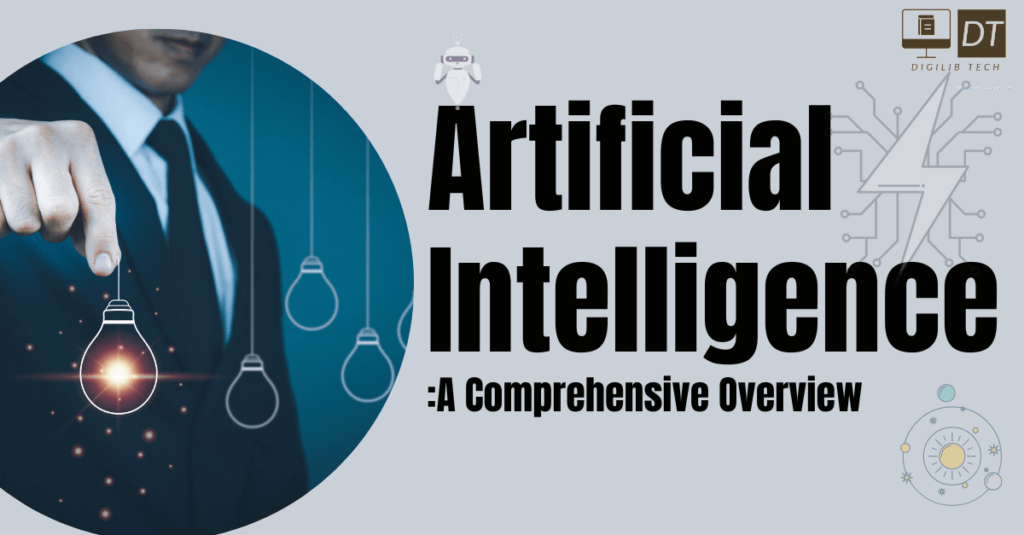

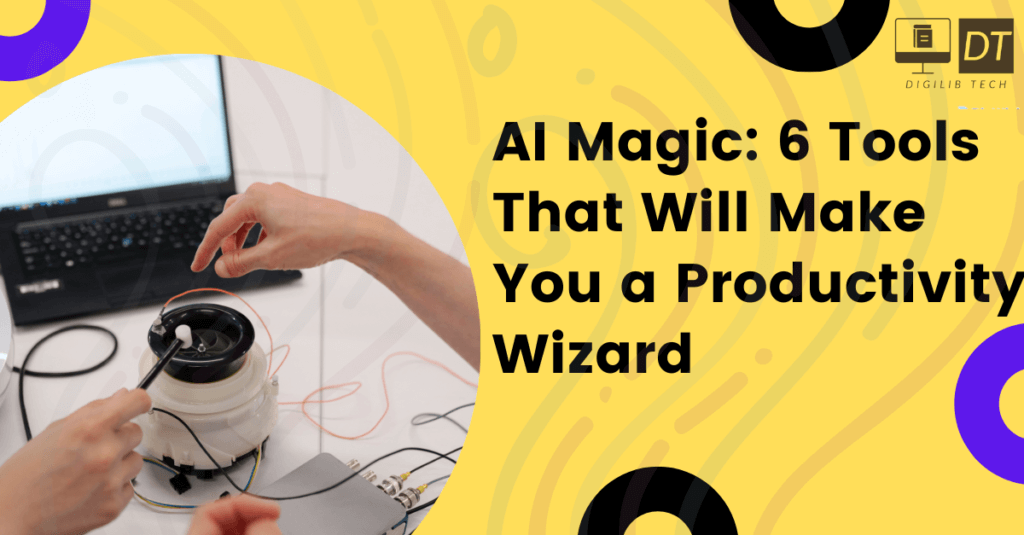
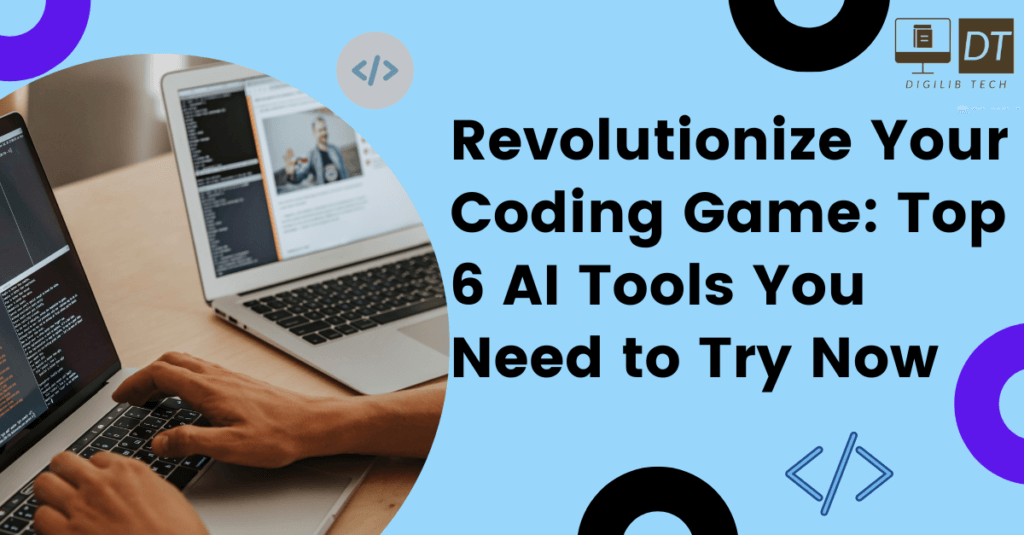
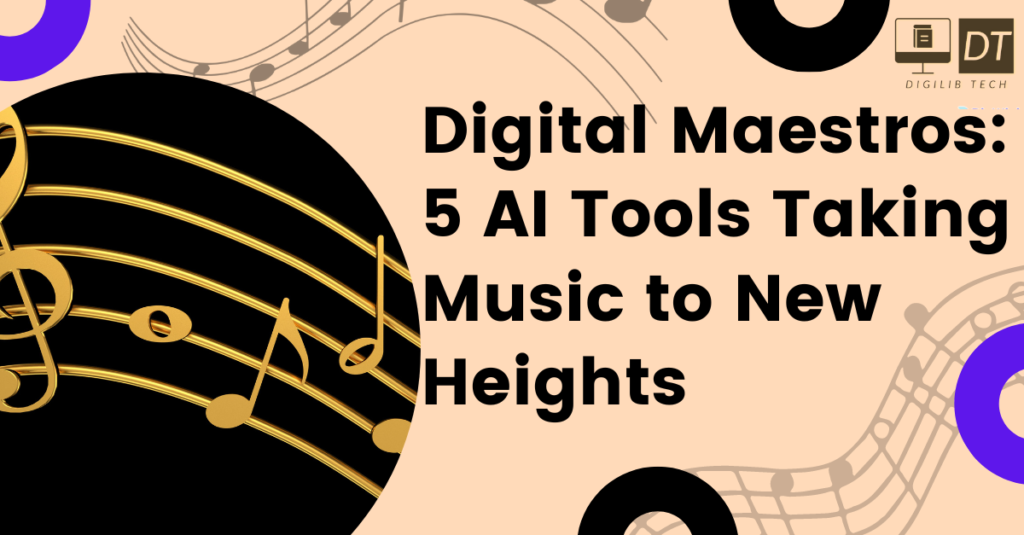
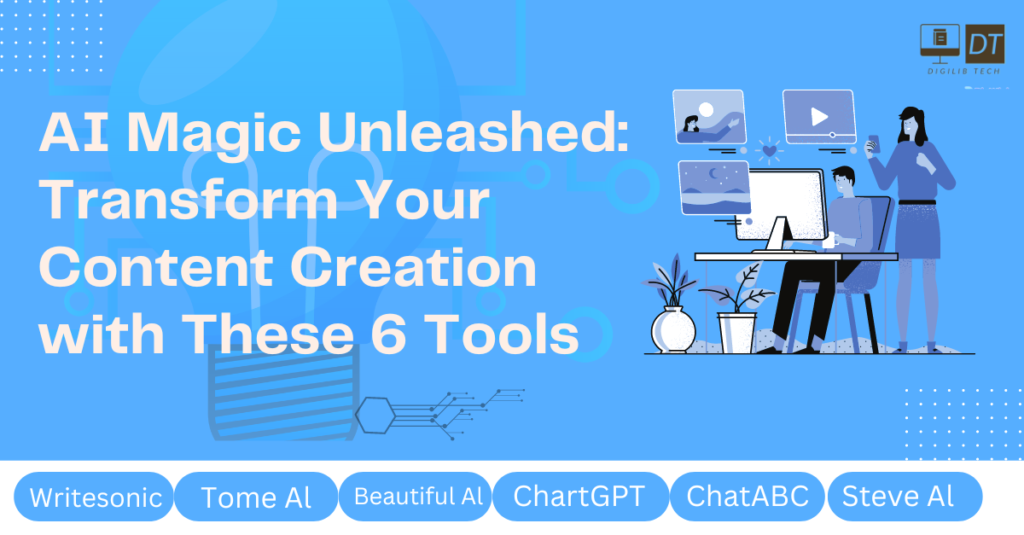
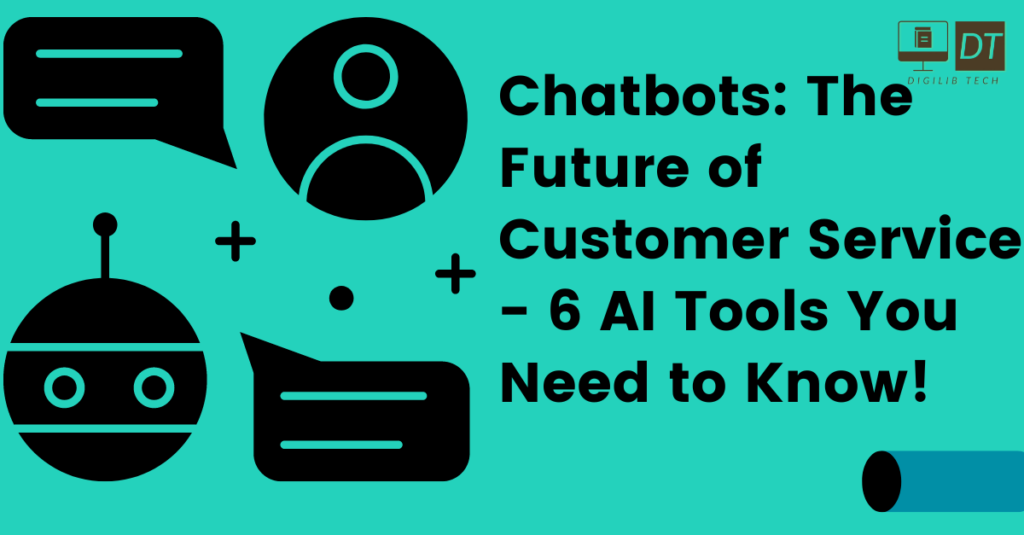
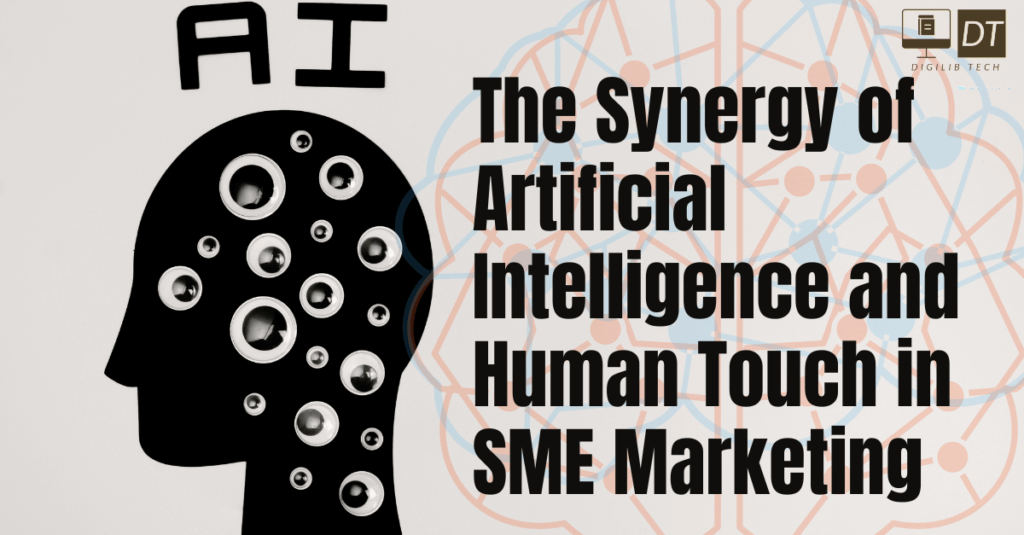

Found good article. Good keep it up.
Your article helped me a lot, is there any more related content? Thanks!